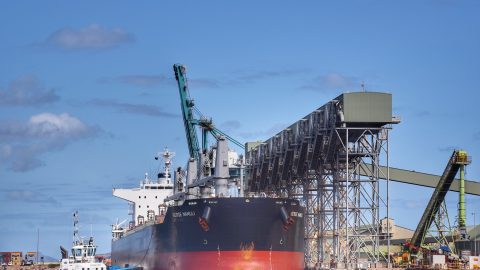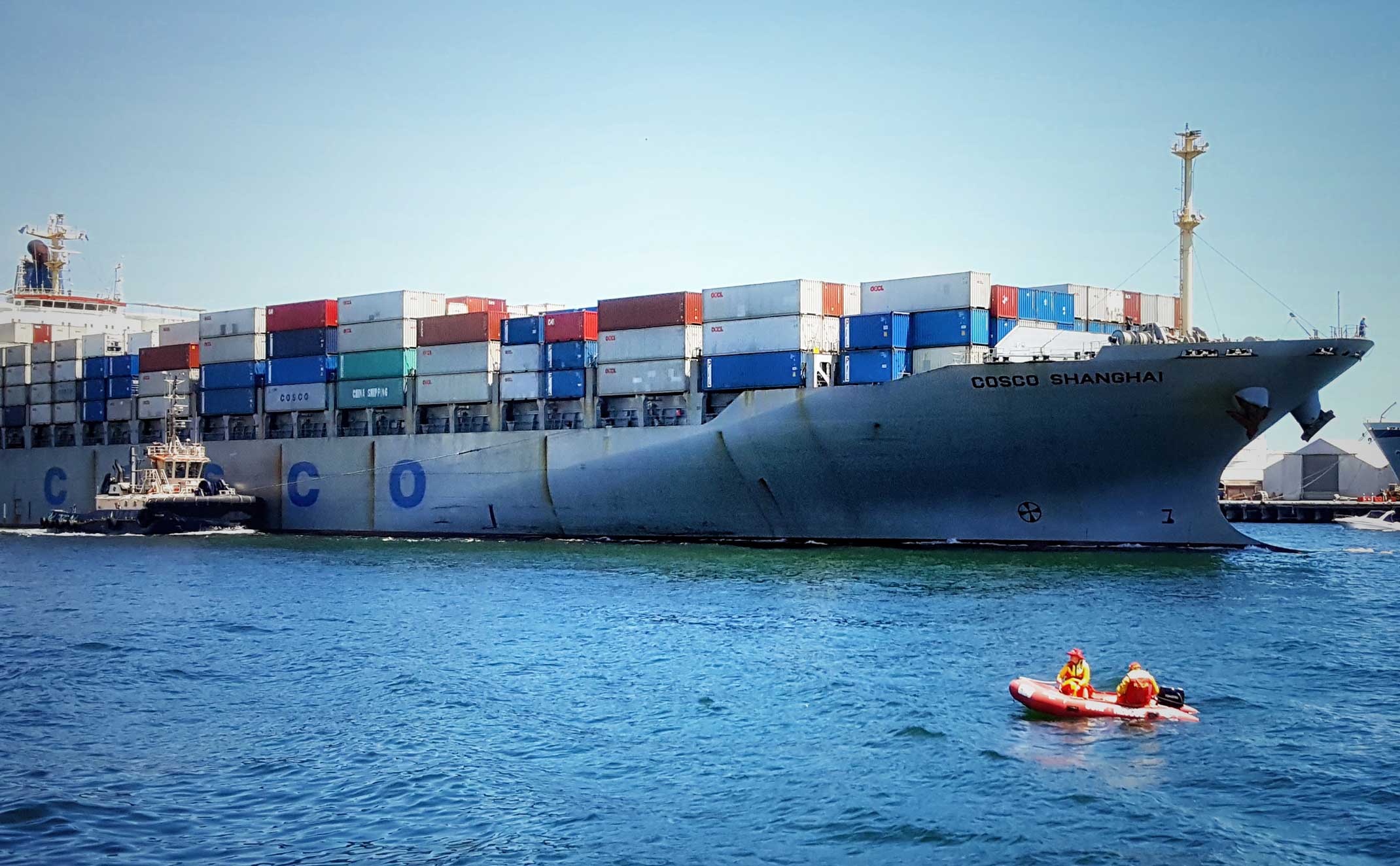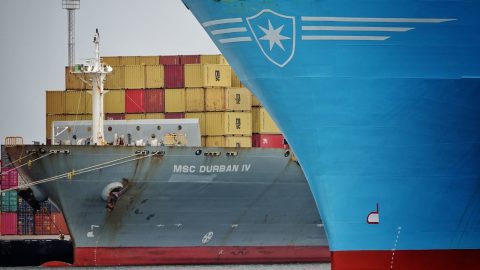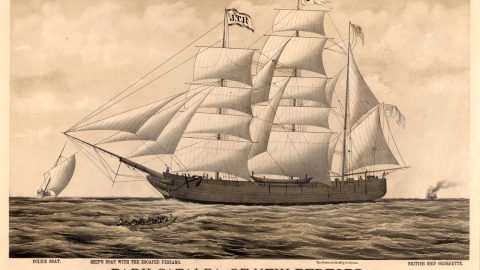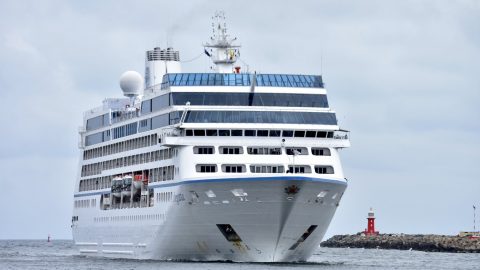Supply chains around the world are facing new and daunting pressures due to a number of gridlocks around the world as the Shipping industry struggles with the volumes of freight as a result of Covid19, Government Stimulus packages and a global boom in online shopping due to people’s inability to travel and spend money elsewhere.
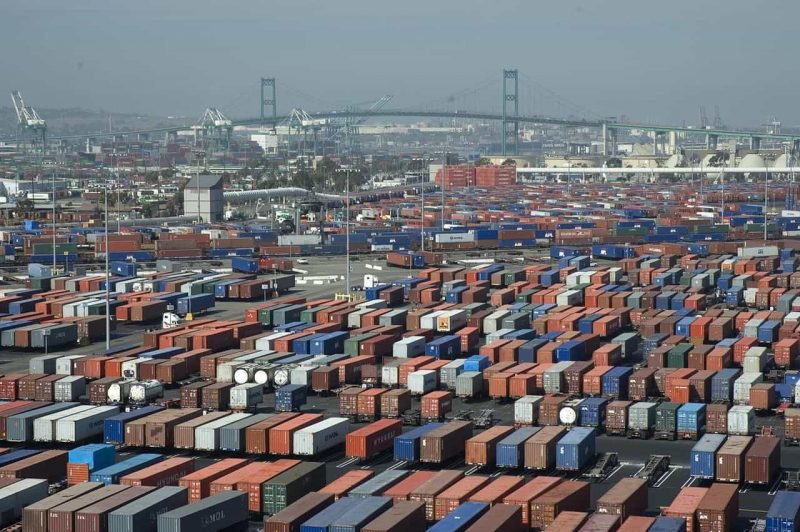
Port Long Beach Credit FreightWaves
It has almost created a perfect storm that has taken the industry by the throat.
Even though shipping lines are currently announcing megaprofits, many lean years in the 1-2 decades prior have meant that investment in equipment and vessels was not forthcoming as the competition for market share saw rates driven ever lower.
Currently, shipbuilders have received new orders for vessels that equate to approximately 20% of the current global fleet capacity. However, the downside is that we will not see these vessels coming into circulation until 2023/2024.
Shipping lines are facing severe equipment shortages which, in turn, have seen bidding wars for space and equipment erupt on the lucrative Asia/America and Asia/Europe trades pushing shipping rates up 500-700% in the past 6 months, subject to the most desired port pairings – think Asia to West Coast American ports, and Asia to European destinations.
At the outbreak of Covid, there were a large number of containers of medical equipment sent to areas such as Africa and South America, however as these areas have struggled and the major traffic routes exploded with the surge of freight movements in developed countries, much empty equipment is sitting idle in these areas as ship owners look to reposition empty containers from the more lucrative markets back to Asia for refilling and taking advantage of the high freight rate opportunities.
Such is the demand for and shortage of shipping, it does not make sense for a ship owner to divert vessels when their priority is to service the routes with the most financial advantage – who would have ever thought that there would be container rates in excess of USD20,000 per container!
Currently, the two largest ports on the US West Coast in Los Angeles and Long Beach, have a volume of around 200,000 containers sitting on vessels at anchorage awaiting to come in and unload, down from a peak of approx. 800,000 containers during August/September – the reason for the drop is that the ports have recently moved to 24/7 working arrangements.
However, there is still in excess of 50 vessels at anchorage awaiting their turn in the queue.
Covid lockdowns in China saw Ningbo, the country’s 3rd busiest port, result in excess of 120 vessels at anchorage awaiting their chance to berth and undertake container exchanges of imports and exports.
The severe delays in berthing is hampering countries all over the world, in that vessels are parked up at anchorage and freight is literally not moving due to the bottlenecks.
The situation in North America has got so bad that the flow of export cargo from the Midwest could not be received at port and some of the nations’ largest rail operators suspended freight bookings for a fortnight in order to try and clear their existing backlog before taking on new business.
PLEASE HELP US TO GROW FREMANTLE SHIPPING NEWS
FSN is a reader-supported, volunteer-assisted online magazine all about Fremantle. Thanks for helping to keep FSN keeping on!
As a result of Covid, other factors have crept into the supply chain that were previously thought not likely to have a large impact, and this has proven to be false. For example severe shortages of truck drivers in the USA and Europe (particularly the UK) who had a lot of foreign-based drivers undertaking linehaul operations before countries closed borders has seen a lot of people re-assess their priorities in life. And now borders are re-opening, drivers are not necessarily returning to the trade.
The United Kingdom estimates that currently there are over 100,000 truck driver jobs that need to be filled, with the USA not far behind, indicating a shortage of some 80,000+ driver shortages and leaving freight on the wharf/in depots and not allowing the supply chain to operate as smoothly as it could.
It will take a number of months and then some before the industry is able to work itself back into a position whereby Manufacturers will be able to operate with some sense of normality, that is, as before Covid, and see some stabilisation in relation to service costs to move freight from the factory door to the Customer.
* This article was written by Brett Watkins , National Logistics Manager, Sadleirs Global Logistics
